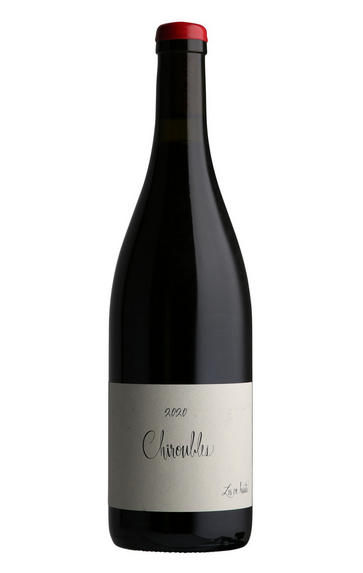
2020 Chiroubles, Les en Hauts, Frédéric Cossard, Beaujolais
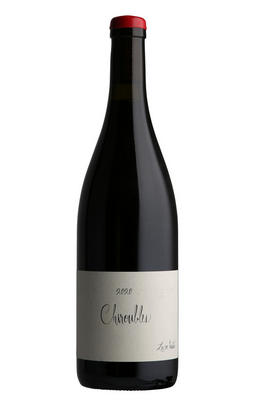
About this WINE
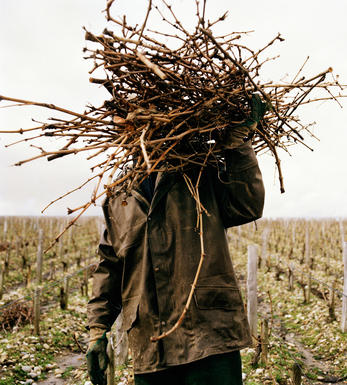
Frédéric Cossard
Frédéric Cossard began his winemaking journey in the late 1990s and has gained a reputation for crafting exceptional wines with minimal intervention.
One of his notable accomplishments is his transition to biodynamic farming methods by embracing biodynamics as a way to work in harmony with nature, focusing on the health of the vineyards and the expression of the grapes. Cossard follows strict organic and biodynamic principles, avoiding synthetic chemicals and herbicides and instead employing natural methods to enhance the biodiversity of his vineyards.
In the cellar, Cossard practices a minimalist approach. He believes in allowing the grapes to express themselves fully, and thus he avoids excessive manipulation during the winemaking process. Cossard often employs whole-cluster fermentation, extended maceration, and ageing in old oak barrels to coax out the grapes' essence gently. The result is wines that showcase the purity of fruit, vibrant acidity, and a unique sense of place.
The wines are produced from various Burgundy appellations. While the focus lies primarily on the Côte de Beaune and the Côte de Nuits, he has also expanded his ventures to the Beaujolais region, producing wines exhibiting the region's distinct character and charm.
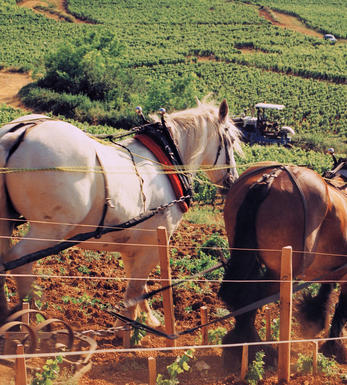
Nuits-Saint Georges
Originally known as Nuits, or even Nuits-sous-Beaune, the town was happy to add the name of its finest vineyard, Les St Georges, in the 19th century. There are no Grands Crus, but many fine Premier Cru vineyards, the mayor of the time – Henri Gouges – preferring not to single out any vineyard for the highest status.
The wines of Nuits-St Georges vary according to their exact provenance. Those of the hamlet of Prémeaux, considered to be part of Nuits-St Georges for viticultural purposes, are often on the lighter side.The richest and most sought-after are those just south of Nuits-St Georges such as Les Vaucrains, Les Cailles and Les St Georges itself. The third sector, including Les Murgers, Les Damodes and Les Boudots are at the Vosne-Romanée end of the village, and demonstrate some of the extra finesse associated with Vosne.
Several domaines (Gouges, Rion, Arlot) now produce a white Nuits-St Georges from Pinot Blanc or Chardonnay.
- 175 hectares of village Nuits-St Georges
- 143 hectares of Premier Cru vineyards (20 in all). Best vineyards include Les St Georges, and Clos des Argillières and Clos de la Maréchale in Prémeaux
- Recommended producers: Gouges, Rion, Liger Belair, Potel
- Recommended restaurant : La Cabotte (small but stylish)
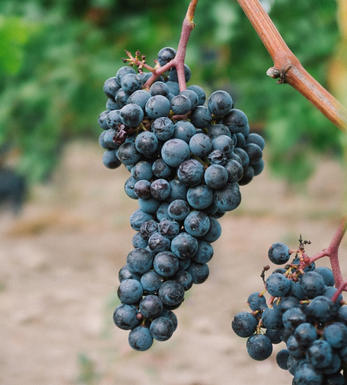
Gamay
A French variety planted predominately in Beaujolais where it is the grape behind everything from light and often acidic Beaujolais Nouveau through to the more serious and well-structured wines from the 10 cru villages. It takes its name from a hamlet just outside Chassagne-Montrachet and was at one stage widely planted on the Côte d`Or. However it was gradually phased out due to its poor yield and supposed poor quality of its wines.
The majority of Gamay wines in Beaujolais are labelled as Beaujolais or Beaujolais-Villages and are deliciously juicy, easy drinking, gulpable wines. Of more interest are the Cru wines from the 10 villages in the north of the region where the soil is predominantly granitic schist and where the vines are planted on gently undulating slopes. These can be well-structured, intensely perfumed wines, redolent of ripe black fruits and, while delicious young, will reward medium term cellaring.
Gamay is also grown in the Touraine region of the Loire where it produces soft, well-balanced, gluggable wines for drinking young.


Buying options
Add to wishlist
wine at a glance
Delivery and quality guarantee